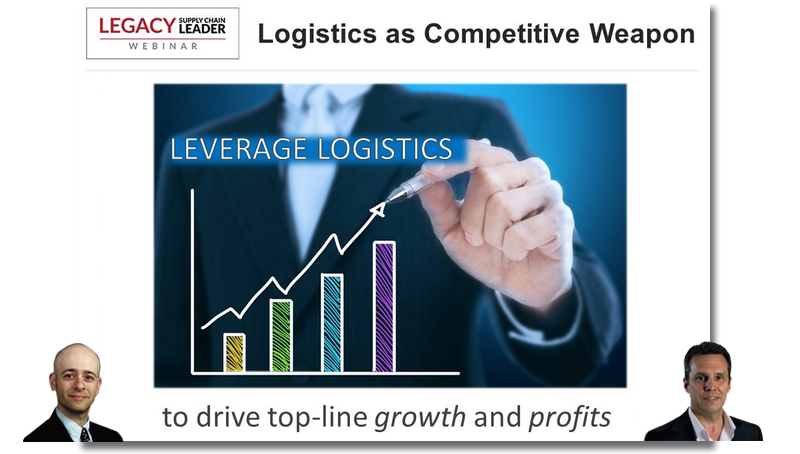Only 38 percent of supply chain executives are confident their organization has the required competencies, reveals Legacy Supply Chain Services ebook “Keeping Up with the Retail Consumer: 6 Supply Chain Disciplines Retailers Must Master.”
Such low levels of faith in their existing employees spur supply chain leaders to cast out for killer talent and try their best to retain their top performers.
But a supply chain talent shortage could curtail these strategies.
A Gloomy Forecast
Not so long ago, Kusmal Ruamsook & Christopher Craighead predicted an impending “perfect storm” of supply chain talent scarcity due to an unfortunate confluence of four factors in the supply chain landscape:
- Industry demand
- Talent gaps
- Professional dynamics
- Faculty shortages
(“Forecasting a “Supply Chain Perfect Storm”)
Seismic Shift
Their prediction proved accurate, when in May 2015 The Wall Street Journal reported a “massive shift” in the hiring of supply chain managers as increasing complexity outpaced the skillset of the traditional manager. (Companies See ‘Massive Shift’ in Search for Supply Chain Talent,” May 22, 2015, The Wall Street Journal.)
The article attributed the shift to the dual trends of technology and globalization, and quoted Cisco Systems Inc. Senior Vice President of Supply Chain Operations John Kern at the Gartner Supply Chain Executive Conference last year, when he proclaimed:
“The supply chain industry is undergoing one of the most massive talent shifts we have ever seen.”
Help Wanted
Besides the difficulty of finding skilled leadership in a constantly evolving, highly technical, and increasingly global environment, supply chain faces an additional sensitivity to issues of attracting and retaining talent, explains Mike Glodziak President & CEO of LEGACY Supply Chain Services.
“It’s a people business. If you have 200 people on a site, there are 200 individuals, with 200 different ways of looking at a problem.”
Deliberate, strategic development of the culture within an operation can facilitate cooperation and reduce conflict, he explains.
At LEGACY, the strategy extends to leadership qualities of teams within facilities, ensuring “teams have a full spectrum of strengths in values and behaviors.”
Apply Within?
By cultivating positive culture within the organization, supply chains can attract skilled, like-minded colleagues, asserts Ruth Lund, managing director of the LEGACY Center.
“People want to work in a healthy environment, they love it, they absolutely love it.”
She denounces the misconception that human resources and culture development are soft, not data-driven and have no direct impact on an organization’s’ bottom line.
“These are the most powerful things making a company effective or not,” she asserts.
“If you don’t have the right people engaged and committed and putting out the discretionary effort, it will absolutely limit how far you can go.”
Supply Chain Leaders Make Smarter Decisions Faster
Supply Chain Leaders use their supply chain as a way to drive profitable growth, capture market share and enhance customer loyalty.

Watch the final installment in our 3 part series on Supply Chain Leader best practices. Building on Part 1: 6 Critical Disciplines to Becoming a Supply Chain Leader and Part 2: Supply Chain Leaders Make Smarter Decisions Faster, Part 3 will reveal how supply chain leaders develop their supply chains to withstand shifting consumer demand, mitigate risk, and take advantage of emerging opportunities in the marketplace.
- How Supply Chain Leaders build a flexible and resilient supply chain
- Getting started: how you can evaluate the resiliency of your supply chain
- Taking action: practical tips and best practices you can implement in your supply chain
Listen to Adrian Gonzalez, President of Adelante SCM and Mike Glodziak, President of LEGACY Supply Chain Services, as they lead you through a session designed to provide a framework for implementing continuous improvement initiatives within your organization.
Related: Are You And Your Company Prepared For A Supply Chain Talent Crisis?

Article topics
Email Sign Up

















